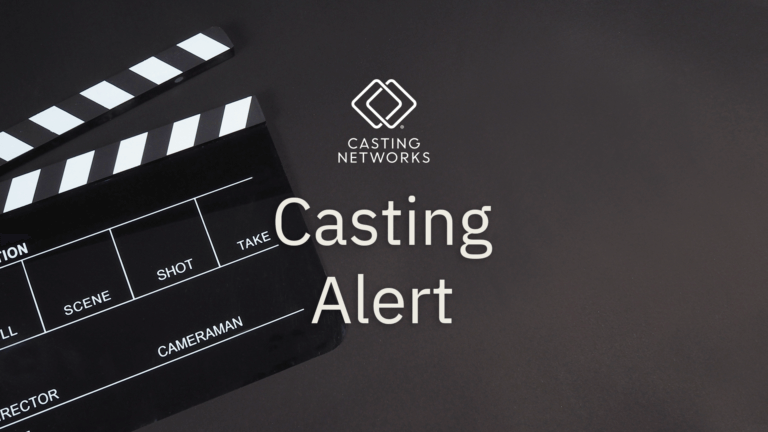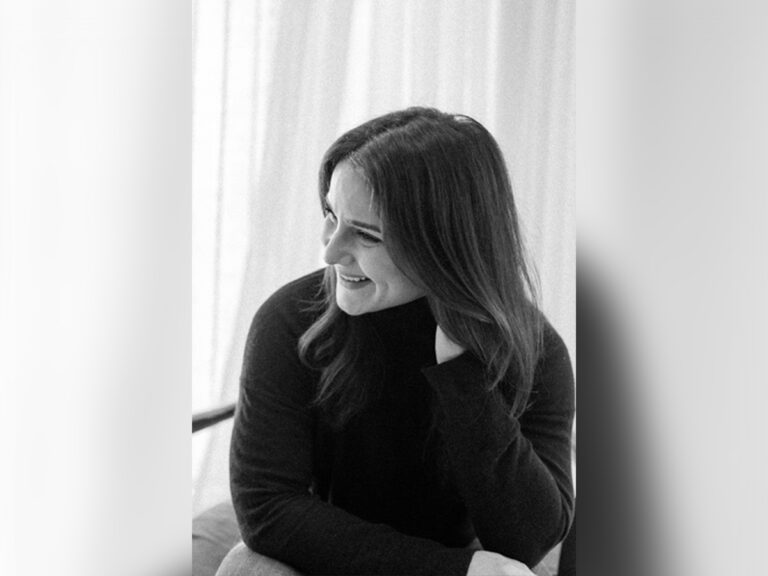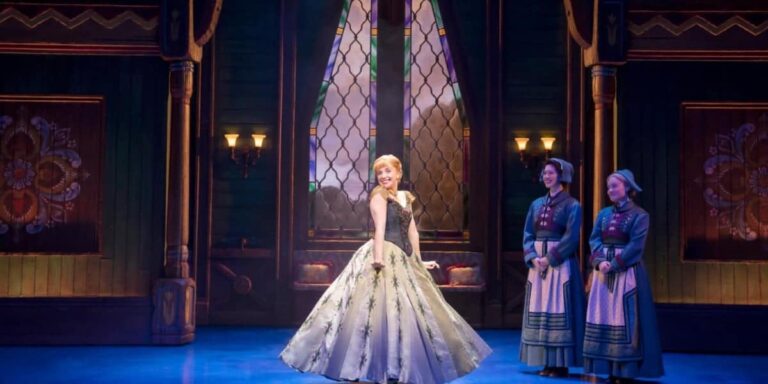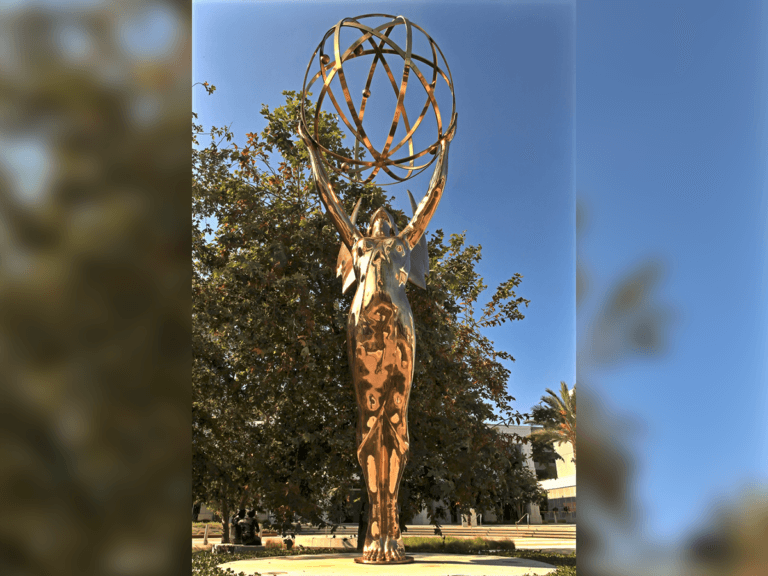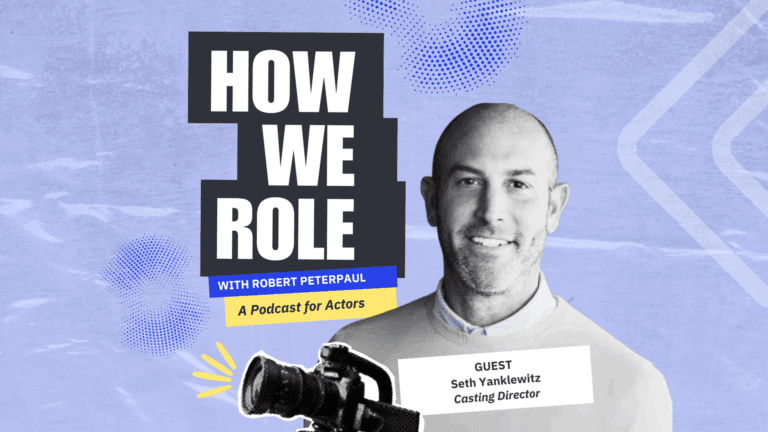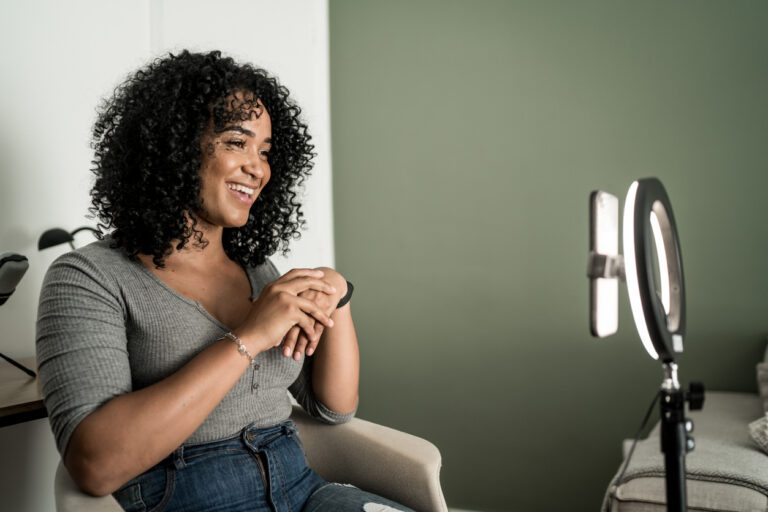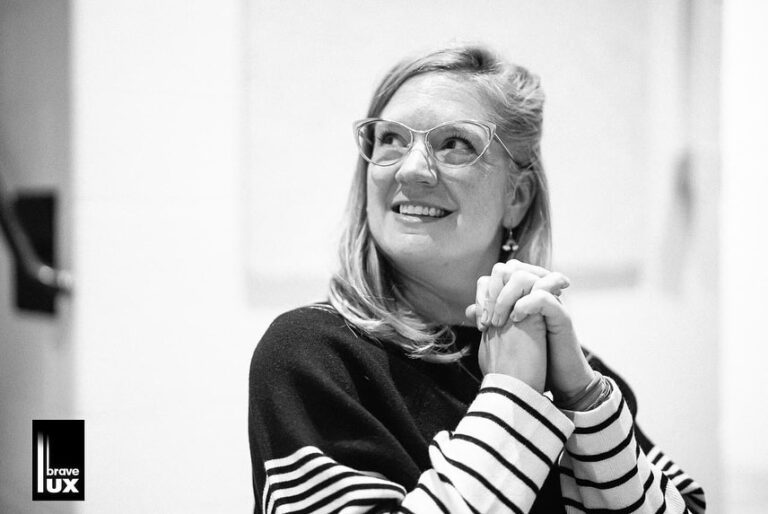If you’ve been considering a career in audiobook narration or are just curious about what the job entails, look no further. Nan McNamara is known for her work on literary titles that range from Miranda Cowley Heller’s The Paper Palace to the upcoming Watch Us Shine by Marisa de los Santos. With nearly 300 audiobooks under her belt and multiple Earphones Awards to her name, the narrator knows a thing or two about the business. McNamara took time out to virtually sit down with Casting Networks and share a window into the profession. Keep reading to find out what a day in the life of an audiobook narrator is like, and you can check out the video version of our interview below.
Nan, thank you so much for being with us, and I would love to hear a big-picture overview of what an average day for you looks like as an audiobook narrator.
Thanks so much for having me. Today [at time of interview] is a great example because after we finish this interview, I’ll be diving into an 11-hour nonfiction book.
Wow.
I should preface that by saying I’ve prepped the book in advance, reading the book and looking up any unfamiliar words. Is it written in first-person or third-person? And for fiction, I’m making choices about characters and tone. Those kinds of choices are part of my preparation. Today’s book has a lot of technical terms. So, my day is going to be probably six to eight hours of recording. I’ll take short breaks within that and keep hydrated. I’ll make sure that what I have for lunch doesn’t create any mouth noise or stomach grumbles. I’ll also try to get up and stretch a bit since it will be a day of being in the booth, which is always great and especially so when it’s a particular title about which you’re excited. Working is a joy and a blessing — I’m grateful.
And it looks like you’re in your booth right now.
I am. That’s another aspect of being an audiobook narrator these days. Most of the time, we are recording at home, so you do have to have a booth or some kind of way of recording so that it’s quiet. And you need all the equipment that’s required to create the kind of sound that’s needed for long-form audio. I am recording in what’s called a Studiobricks booth. It can get a little warm in the summertime because even with air conditioning, you can hear the fan. So, I have different outfits to wear in the booth for different seasons of the year. But the booth, for me, has been a game-changer. If audiobook narration is something you’re interested in getting into, there are less expensive booths out there than this kind of booth.
Can you tell us how the process works? You’ve got everything set up, including your booth and the recording-appropriate attire. Now, I would love to hear about your process [of recording].
When I get in [the booth] in the morning, I will have an idea of how many pages or how much finished audio I need to complete in that day given the deadline. And I use what’s called TwistedWave, which is pretty popular. There are lots of different software interfaces that you can use to record, but I love TwistedWave. It allows me to do what’s called “punch and roll” since most audiobook publishers want you to produce audio that is clean. If you’ve made a mistake, you can jump back to it, hear yourself in your earphones, and then jump in right where the correction needs to be made. So, you’ll end up with clean audio that you’ll send to them. Typically, that’s how most audiobook publishers want to receive audio. And then when you’re done [recording], sometimes you’ll upload audio for the day. And other times, you’ll wait until the very end and upload it all at once. Some publishers like it broken into chapters, and others want the whole file so they can do it. Each publisher is different, and that requires an ability to keep track of the business side of this, as well. So, it’s not just jumping in the booth and recording — there are a lot of other elements to audiobook narration that are important to remember because publishing dates are set in stone.
That’s so interesting to hear about the self-discipline it takes to spend those long hours in the studio and get everything to the publisher on a very hard deadline that they’ve set. And what does that look like? I know you mentioned it’s different with every publisher. But in general, do they sometimes give you notes and then you’ll redo or tweak a performance? Or, once you send a final recording to them that meets their audio standard, is it done?
Nowadays, there are a lot of books that I audition for, so they’ll know ahead of time my take on the material. Once in a great while, you’ll get a director that you’ll work with. Then there will be a director with me, listening in and stopping me for any misreads. I can ask, “Hey, did I make sense of that?” Or, “Is that character’s voice consistent with how it started?” It’s such a gift to be able to work with someone like that because you otherwise kind of work in a vacuum on your own. You need to be able to self-direct most of the time. The publisher does sometimes give you notes. They will have someone proof the [recorded] book, and they’ll come back with any misreads or anything that you might have mispronounced. In terms of performance notes, typically not — that hasn’t been my experience. But you will do pickups [for fixing any errors]. There are horror stories of audiobook narrators who had a word they thought they knew how to pronounce — that was prevalent throughout a whole book — and then found out [after recording everything] that’s not how you say that word. I have been guilty of that a couple of times. It’s just an honest mistake. We think we know how to say something and turns out we’ve been saying it wrong our whole lives. [Laughs]
Oh, no! It has to be such an “aha moment,” but the worst possible kind.
Yeah, exactly. So now, part of my prep process — especially if it’s a nonfiction book — is very thoroughly going through every single word. Even the words that I think I know how to say, I’ll just double check.
That’s such an interesting piece of it. And before we wrap, I’d love to hear how you find the books that you narrate.
There are relationships that I have with the major publishers and independent authors, as well. The audiobook world is interesting in that it is oftentimes self-generated. So, it’s a matter of reaching out to publishers asking if they have any work for you. If they don’t know you, you let them know that you’re an audiobook narrator. You say, “Here’s a link to my website that’ll direct you to my samples. My forte is …” and fill in the blank. It’s always nice to have something that you feel like you really specialize in — you’re helping them solve a problem. Then it’s a matter of keeping up with those relationships and not just asking for work, but you know, getting to know the publishers. And also, listening to audiobooks is really important. Trends change so I think it’s vital to keep up on that. It’s also really good to know what other people are doing. Keep up with what books are coming up and what publishers are currently specializing in. If you ask a particular publisher to listen to your demos, do you know if they even do the kind of books that you want to narrate? Really have your research done. And keep at it — it’s a consistency thing in terms of getting work, gently reminding them who you are. If you’ve done something that you’re proud of, send them a link to it. Audiobook narration is sort of like the on-camera acting world in that way. Keeping those relationships going is really important.
Those interested in learning more about McNamara’s work as an audiobook narrator can check out her official site, which also includes a look at her work as an on-camera actor, including her appearances on Fox’s 9-1-1: Lone Star and CBS’ Hawaii Five-0.
—
This interview has been edited and condensed.
Looking to get your big break? Sign up or login to Casting Networks and land your next acting role today!
You may also like:

